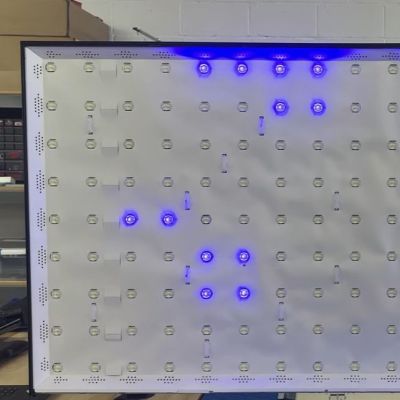For the past two-and-half years Canadian consumer testing outfit RTINGS has been running an accelerated aging experiment across a large number of TVs available to a North-American audience. In their most recent update, we not only find out about the latest casualties, but also the impending end of the experiment after 18,000 hours — as the TVs are currently failing left and right as they accelerate up the ascending ramp of the bathtub curve.

The dumbest failure type has to be the TVs (such as the Sony X90J) where the failure of a single dead backlight LED causes the whole TV to stop working along with series-wired LED backlights where one dead LED takes out a whole strip or zone. Other failures include degrading lightguides much as with our last update coverage last year, which was when edge-lit TVs were keeling over due to overheating issues.
Detailed updates can be found on the constantly updating log for the experiment, such as on the failed quantum dot diffusor plate in a TCL QLED TV, as the quantum dots have degraded to the point of green being completely missing. Although some OLEDs are still among the ‘living’, they’re showing severe degradation – as pictured above – after what would be the equivalent of ten years of typical usage.
Once the experiment wraps up it will be fascinating to see who the survivors are, and what the chances are of still using that shiny new TV ten years from now.
Continue reading “RTINGS 10-Year Equivalent TV Longevity Update With Many Casualties”


















